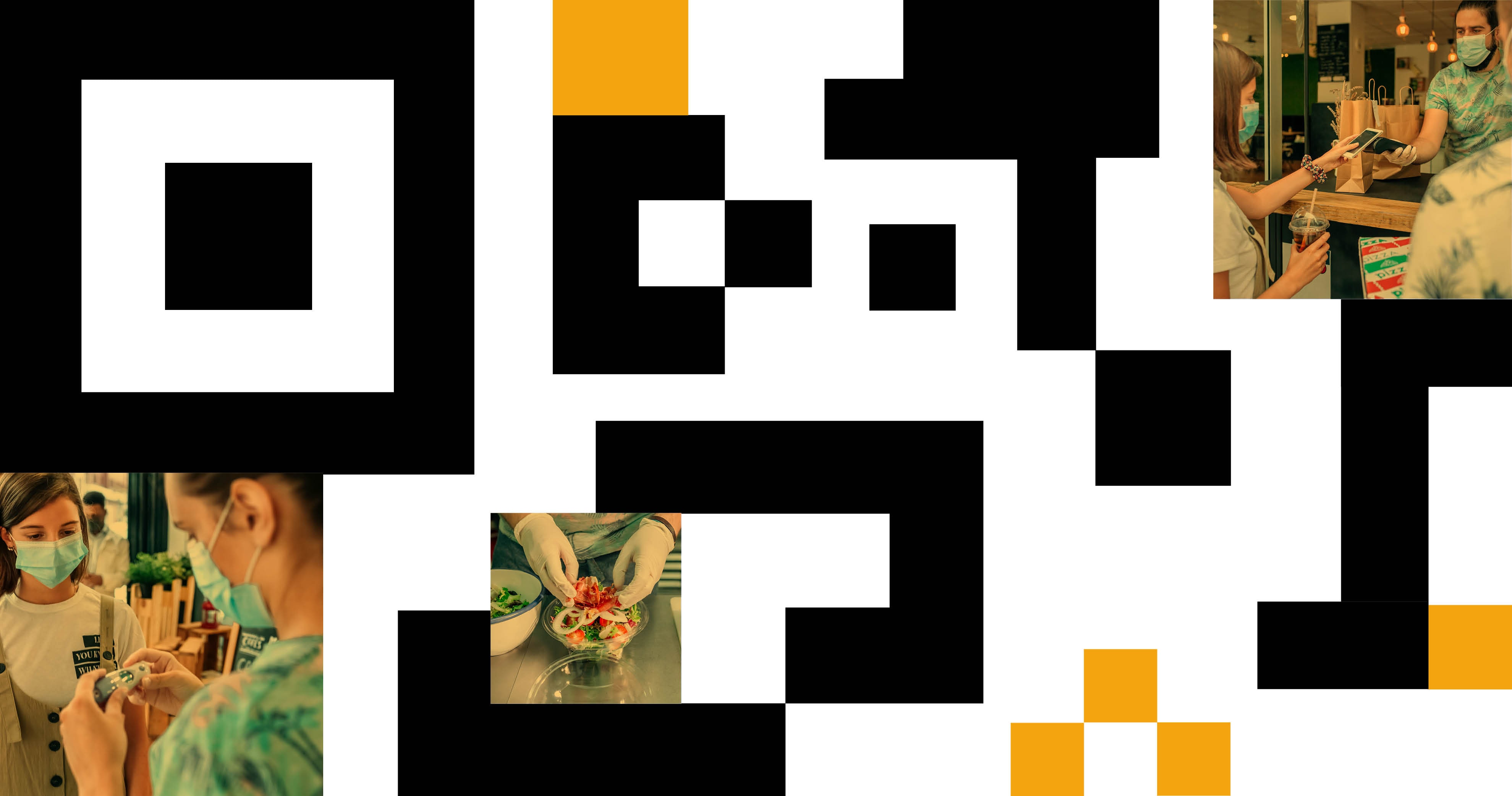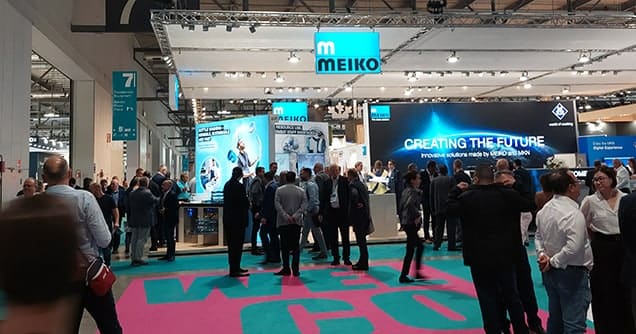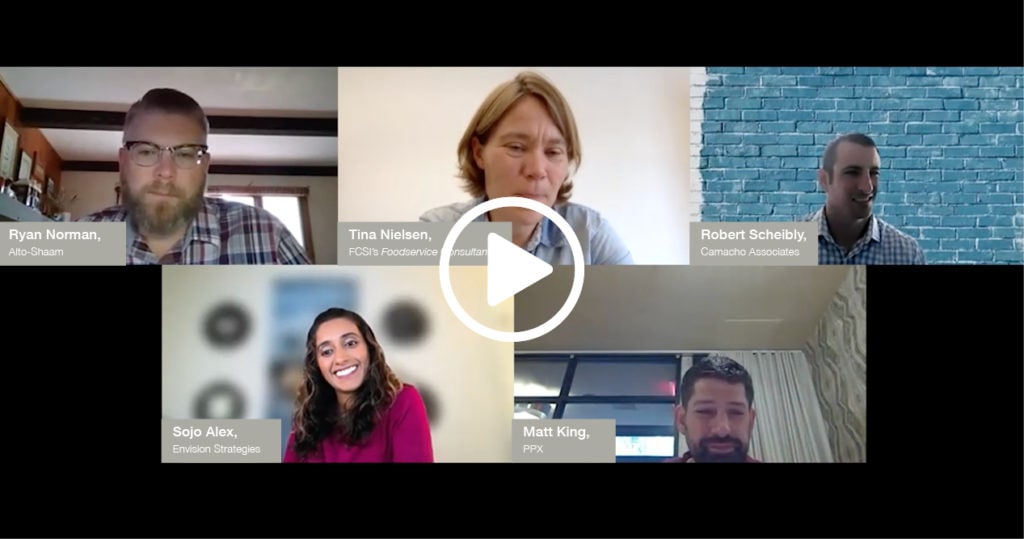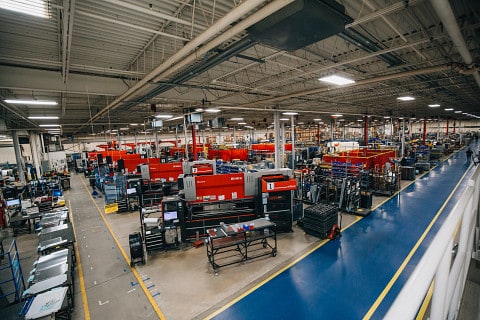
It’s crazy to think that back in March 2020, many of us thought we would have seen the back of the Covid-19 pandemic by summer. Now, over a year later, the impact is worse than anyone could have expected, with hospitality one of the hardest hit industries.
In the UK, more than a third of hospitality firms fear collapse, with trade body UKHospitality saying the sector has already lost over 600,000 jobs. 2020 was the worst year on record for US hotels; it surpassed one billion unsold room nights for the first time in history, while more than 110,000 restaurants have closed permanently or long term. That’s one in six US eateries.
Even the operators that have managed to survive, or in some cases thrive, over the last year – many through pivoting to delivery and takeaway – would hesitate to point out too many positives. Everybody in the industry has suffered in some way due to the pandemic. And yet, there are many ways in which they will emerge stronger from this dreadful time, whether they were ready for it or not.
“Covid was basically a gallon of gasoline poured onto a fire that was already there,” says hospitality specialist Chris Tripoli FCSI of A’ La Carte Foodservice Consulting Group based in Houston, Texas. “Customers were already taking us towards convenience, technology, smaller spaces and more limited menus. Then Covid comes and everyone had to do it,” he says. “Some operators believe that when Covid lightens up, after most people get vaccinated, after people feel more comfortable leaving home, that we’re going to go back to being just as we were. But we’re not going back to our habits of old because consumers don’t go back.”
Convenient service
An example of technology making service more convenient that most people will have noticed is QR codes. From tiny beach cafes in Portugal to high-end hotels in Zurich and central London restaurants, these are now firmly in the mainstream and Tripoli believes they’re here to stay. “It’s easy and customers have gotten used to it,” he says.
Owner and GM of Caldera restaurant in Hackney, London, Arya Razi, agrees. “After the first lockdown we opted to use a QR code to avoid printing hundreds of menus and this has been received well by our guests. It has significantly reduced paper usage and it also allows us to update the menus with ease and introduce new offers,” he explains.
The use of contactless payments – particularly through mobile phones – has also unsurprisingly skyrocketed during the pandemic. Indeed, between July and September 2020, research from Zonal Retail Data Systems showed that contactless food and drinks orders increased from 7.3 million to 13.5 million. The technology was available and some operators had embraced it before 2020, but it’s now becoming standard and will likely translate to pay-at-table facilities once the industry moves back to dine-in.
“Independent restaurant operators, no matter where they are, are going to have to realize that some of the demands we’ve been answering during the pandemic – with contactless payments and handheld ordering – are not temporary at all,” Tripoli says. “If you take a hard look at your consumers’ preferences, you’ll see people were preferring anything that was convenient before this. Restaurants have been fighting the word ‘convenient’ and saying it didn’t necessarily translate to ‘service’, which they see as being eye to eye, smile to smile, person to person. But I’ve been teaching them that service now needs to include convenience and it has to be part of the service profile for all restaurants.”
Hand-held ordering systems also make it much easier to manage outdoor seating areas, which have grown significantly in popularity during the pandemic, a legacy Kristin Sedej FCSI, the owner of S20 Consultants in Illinois, US, is convinced will endure. “Operators have had to get creative and figure out how to make outdoor dining work, which has extended the season,” she says. Solutions have ranged from outdoor heaters to pop-up igloos and yurts.
Designing for the future
Sedej is also excited by two other technological solutions she predicts will gain ground post-pandemic – Just Walk Out Technology and self-service food lockers.
She gives the example of a yet-to-be-constructed professional sports facility to explain how the former works. “The concept was started before Covid; the entire thing is Just Walk Out technology,” she says. “You pick what you want and when you walk out through dedicated exit lanes, it automatically charges it to a card. It’s a cashless, touchless transaction.”
Self-service food lockers were also growing in popularity before Covid. Customers order food on a kiosk or on their phone and when it’s ready and put in the locker, they receive a combination and they can pick it up. “This is moving into sports venues. It started before the pandemic but Covid has accelerated the speed at which things are implemented,” Sedej says.
The challenge for operators that want to embrace new ordering and payment methods is that the technology advances so rapidly. “When designing infrastructure for a building that might not open for two or three years, what do we need for the technology to work on opening day? That’s a moving target and that’s why not too many people are doing it,” she notes.
Tripoli also predicts changes in the way kitchens are designed. “The open kitchen will remain visually open – people love the food being the show. But I think in future, there will be glass walls; we may have seen the last of the actual open kitchen,” he says.
Behind the glass, Marco Amatti FCSI, CEO of Brazil-based consultancy MAPA Assessoria, expects long-term changes back of house too. “The robotics trend was already happening before the pandemic. Now we don’t want people working so closely together in the kitchen, so robotics and automation becomes more interesting. You cannot have more space in the kitchen but you can have fewer people,” he says.
Pivoting dining concepts
Many foodservice venues quickly realized that pivoting to delivery and/or takeaway would be the only way to keep cash flowing into the business during lockdown.
Fast-casual kebab chain German Doner Kebab (GDK) grew the delivery part of its business from 25% to 75-80% in 2020 and introduced various pieces of technology to smooth the transition.
At the beginning of the pandemic they introduced a system that told customers the status of their order, both in store and on a screen outside, and more recently GDK has been working with its technology providers to include a promise time when customers order through the click and collect system, which will remain available after the pandemic.
Sedej hopes this move towards delivery and click and collect will also lead to better integration between third-party systems and EPOS. In many cases now, staff members must key in the information twice. “Technology tends to develop to match big thinking and Covid has created a need that was not necessarily there before,” she says.
Back at GDK, the food offer has also been adapted to be more suitable for delivery. The brand’s new compartmentalized takeaway Boss Box was so popular that GDK will continue to offer it after the pandemic, for dine-in as well as takeaway customers.
They’re far from alone, according to Tripoli. He’s talked with restaurant owners in Florida, Texas, California, Connecticut and Pennsylvania who have developed new, more limited menus for curbside pickup, which they intend to keep because customers have grown used to them. “The smart operators who have made a quick pivot won because in the short term it created revenue, but in the long term it’s broadening their brand,” he says.
Some brands have also started packaging their items to be sold in local markets and major supermarkets. “Again, it was probably seen as a nice local temporary promotion initially. But because it’s working so well, many restaurants are going to keep some retail packaging of their products,” he predicts.
Focus on staff wellbeing
Around the world and across many industries, Covid has brought greater focus on staff wellbeing and mental health, although some experts, like Sedej, are sceptical about how much will change
in the long term. “The guy who cared about his staff before is going to care afterwards,” she believes. “It’s not going to change the industry overnight; it’s going to take a lot more than this to shake up how things are done.”
Tripoli is more optimistic. “I’ve always said that necessity is the mother of invention and in every bad situation there’s always a silver lining,” he says. “I don’t care what adage you want to use
about Covid, but I do think one good thing to come out of it is that restaurants that may always have thought they had a good people program – because they had motivational meetings and gave staff some input on their schedule – have realized they weren’t doing enough.”
Meanwhile, operators who already valued their staff were the ones that were able to quickly pivot and survive the pandemic. Tripoli believes the most successful have followed the three Es: embracing change, engaging staff and empowering them to take charge.
London’s Caldera is one example of a restaurant with an engaged staff. “This situation has actually been great in some regards as we have all rallied together to continue to innovate our offer,” says Razi. “We are constantly discussing new ideas and how we can improve the guest experience. Given how challenging the situation is, we are doing what we can to ensure that we are all being as flexible as possible to support each other.”
At GDK, one of the biggest staffing changes during the pandemic has been creating work bubbles. “We introduced the work bubbles to reduce cross contamination, but we’ve found that if the same team works together in a small group more often, there’s more joint responsibility and they build a more cohesive workforce within the bubble,” says MD for the UK and Europe Daniel Bunce. “It’s something we want to extend as much as possible.”
As Tripoli concludes: “When you empower your management and staff, you find that they take charge and accept responsibility for their actions. I think the treatment of staff and the valuing of staff is probably the single greatest positive to come out of this awful pandemic.”
Elly Earls




